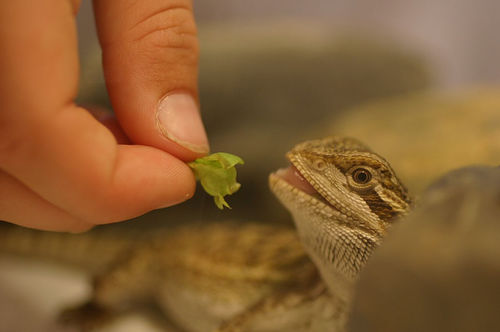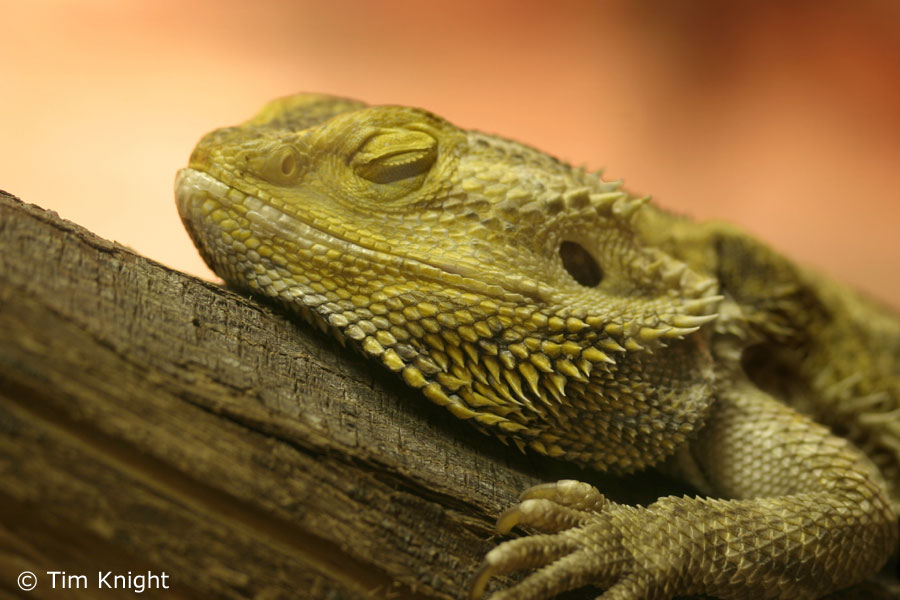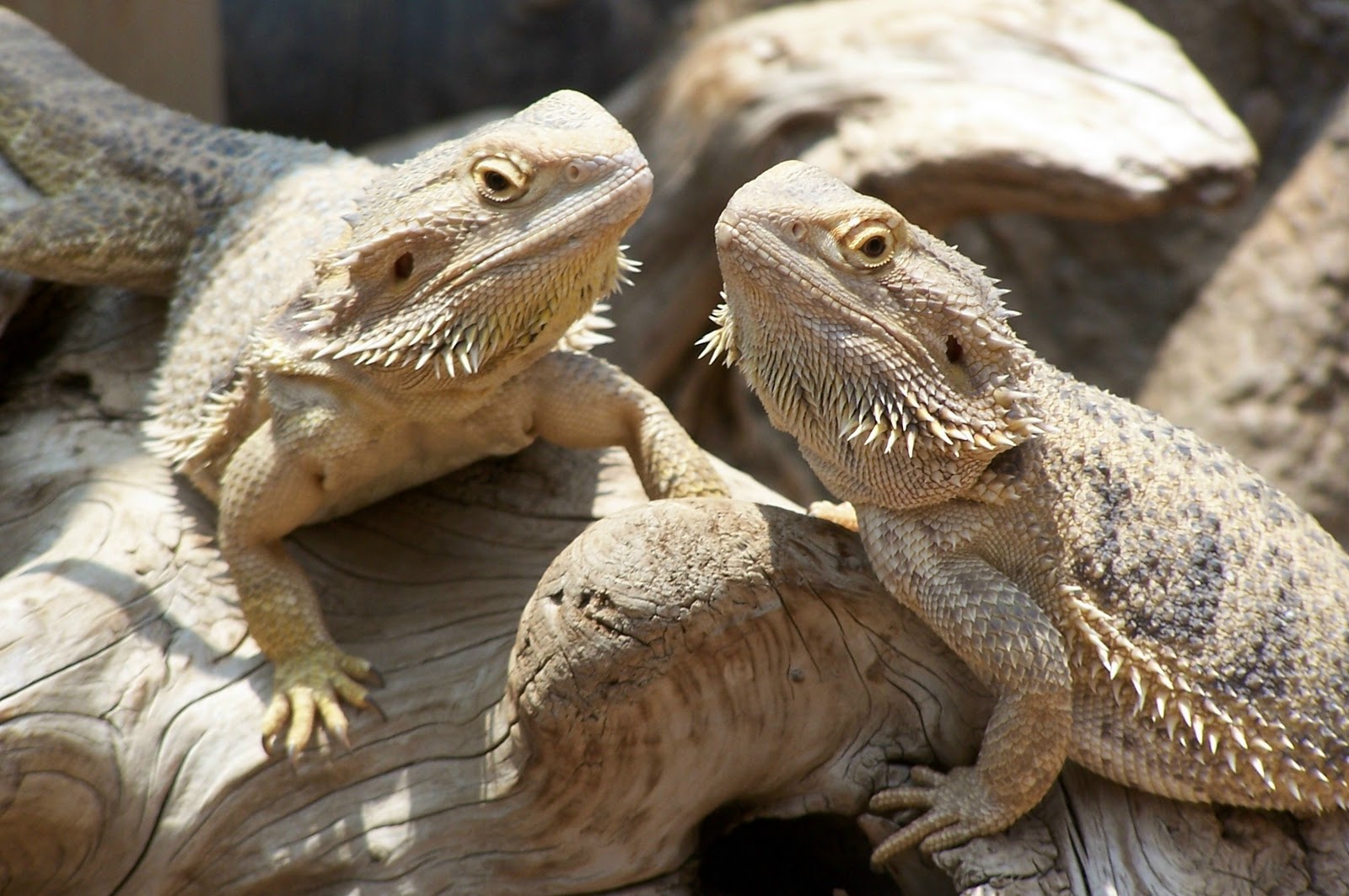The Ultimate Guide to Supplies for a Bearded Dragon: Everything You Need To Know
Introduction
Are you a beginner in the world of bearded dragons? Do you want to know everything there is to know about supplies for a bearded dragon? Look no further! This guide will help you understand what supplies your bearded dragon needs to thrive in its new environment. Bearded dragons are fascinating creatures and make great pets, but like all pets, they require special care and attention. So let us dive in!
Housing
The first thing to consider is housing for your bearded dragon. Bearded dragons need a spacious and comfortable home that provides a lot of ventilation. A glass terrarium should be at the top of your list of options. Choose a terrarium that is at least 40 gallons for an adult bearded dragon, and a 20-gallon tank for juveniles. You can also invest in plastic tubs, but make sure they are easy to clean and do not have sharp edges that can hurt your pet.

Lighting
Bearded dragons are desert animals, which means they need a lot of light to stay healthy. Lighting is essential to their well-being. So you will need to invest in a UVB bulb that provides UVA and UVB radiation. UVA stimulates the appetite and helps regulate the bearded dragon’s sleep cycle. UVB is necessary to provide them with a natural source of vitamin D, which is critical for their bone health.

Heating
Bearded dragons need a basking spot where they can raise their body temperature, so they require heating. A basking lamp that provides heat will be ideal for this purpose. Make sure the basking spot’s temperature is around 100-110 F (38-43 C) and the coolest part of the terrarium is around 80 F (27 C) in the day and around 70 F (21 C) at night.

Feeding
Bearded dragons are omnivores, which means they need a mix of plants and insects in their diet. In captivity, their diet should consist mainly of leafy greens, such as collard greens, turnip greens, and mustard greens. You can mix in occasionally some fruits, green beans or summer squash. They also require insects such as crickets or mealworms, which provide them with protein. Live feed like Dubia Roaches or black soldier fly insects can be also provided instead of crickets but it is recommended to avoid superworms. Hydration is also very important. Make sure a fresh bowl of water is available at all times adjacent to the basking spot to ensure it maintains an ideal humidity level.

Substrate
Substrate refers to the bedding or flooring material that covers the bottom of the bearded dragon’s home. Newspaper, paper towels, and reptile carpet are great options for substrate because they are easy to clean and maintain. You can also use sand, but it is important to use calcium sand and maintain clean hygiene as it has always been debated.

Accessories
Bearded dragons are active lizards, so they require things to keep them entertained. Accessories like climbing structures, hide boxes, and hammocks are great for keeping your bearded dragon healthy and happy. Make sure the accessories do not take up too much space, leaving enough free area for your bearded dragon to roam around.

Conclusion
Buying supplies for a bearded dragon can be overwhelming for beginners. However, with this guide, you should now have a clearer understanding of what exactly your bearded dragon needs. Remember to choose the right size housing, install the proper lighting and heating, feed them a well-balanced diet, provide safe and comfortable bedding and accessories, and your bearded dragon should be happy and healthy for a long time. Good luck and have fun with your new pet!
